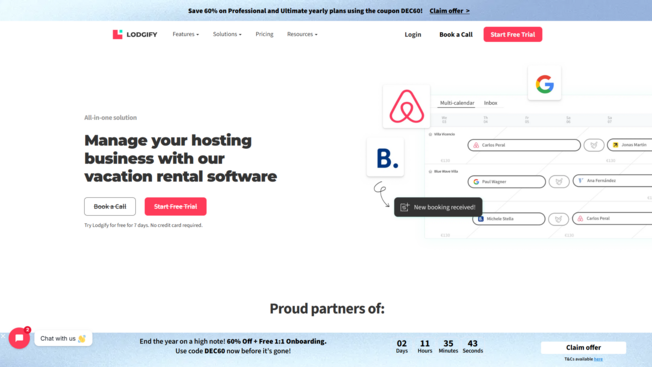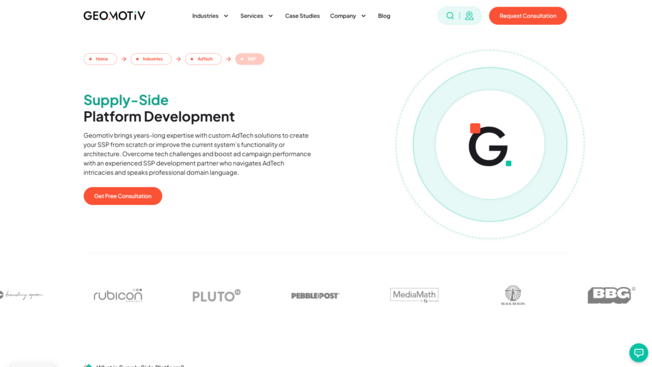
- @BusinessSpeedNetworking
- @UkIrelandVirtualCommunityCircle
- @Genius50StartupEntrepreneurs
- @EntrepreneurCampus
- @AiToolsForBusiness
Why Should You Care About AI Content Creation Tools?
Let's be honest here. Content creation today isn't what it used to be. Whether you're running a blog, managing social media accounts, or creating videos, you've probably felt the pressure to produce more content, faster, without compromising quality. That's exactly where AI content creation tools come into play.
Create Content Faster... Much Faster
Are you tired of staring at blank screens, waiting for inspiration to strike? We've all been there. Those moments when the cursor blinks mockingly at you, and the deadline looms closer. AI content creation tools have become that creative partner who's always available, ready to help you overcome writer's block and generate ideas in seconds.
Here's what really caught my attention: what used to take a full day to produce—researching, drafting, and polishing a 2,000-word blog post—can now be done in under two hours with the right AI tools. That's a massive time savings that lets you focus on what really matters: adding your unique perspective and expertise.
The heavy lifting these tools handle is pretty impressive:
- Research topics and pull together relevant information
- Structure your content with logical headings
- Generate multiple variations so you can test different approaches
- Adapt to different formats, from social posts to long-form articles
But here's what I find most valuable: AI tools have gotten really good at automating those repetitive tasks we all dread. Creating product descriptions, writing email responses, generating social media captions... you don't need to manually craft each one anymore. Many tools now offer templates designed for specific content types, making the whole process even smoother.
Better Quality, More Consistency
Speed is great, but what about quality? That's always the big question, isn't it?
Modern AI content creation tools actually excel at maintaining high standards across all your content. They ensure your tone, style, and messaging stay consistent, regardless of who's using them or when the content gets created.
The grammar and readability checks go way beyond what traditional spell-checkers offer. They spot passive voice, suggest better alternatives to overused words, and help you adjust complexity levels to match your audience's preferences.
One of the biggest improvements I've noticed recently is how well these tools understand and mirror brand voice. They can analyze your existing content to capture your unique style, then produce new material that actually sounds like you wrote it. This is incredibly valuable for teams where multiple people create content but need to maintain that unified voice.
AI tools also excel at optimizing content for specific platforms. They understand that LinkedIn content differs from TikTok content, and can adjust tone, length, and format accordingly. This platform-specific optimization increases engagement rates and ensures your message connects with each audience.
Scale Content Production Like Never Before
Here's where things get really interesting. The ability to scale content production is perhaps the most compelling reason these tools matter.
For solo creators, AI tools function like a virtual team. You can handle various aspects of content creation that would normally require multiple specialists. A single person with the right AI tools can manage content across multiple channels—blog posts, social media content, email newsletters, even video scripts—without getting overwhelmed.
This has democratized content creation in a big way. Small businesses and individual creators can now compete with larger teams.
For actual teams, AI tools serve as collaboration hubs that smooth out workflows. They eliminate bottlenecks by:
- Centralizing content creation processes
- Providing real-time feedback and suggestions
- Creating consistent content briefs and guidelines
- Making content reviews and approvals much easier
Teams using AI tools typically report producing three to five times more content with the same staff. These tools help maintain quality even as production scales up—something that's traditionally been challenging when increasing output.
AI content tools offer flexibility that adapts to changing needs. During high-demand periods like product launches or seasonal campaigns, they can rapidly scale up production without requiring new hires. This adaptability makes them invaluable for businesses with fluctuating content needs.
The ongoing improvements mean these tools are getting increasingly sophisticated at understanding context, audience needs, and strategic objectives. They're not just producing more content—they're producing smarter content that performs better across the metrics that actually matter.
How do you Pick the Right AI Tool for Your Content Needs?
Are you feeling overwhelmed by the endless options of AI content tools out there? I get it. With hundreds of platforms claiming to be the "best" solution, choosing the right one can feel like finding a needle in a haystack. But here's what I've learned after testing countless tools: the secret isn't picking the most popular option—it's finding what actually works for your specific situation.
Start with your content goals
Before you get excited about any fancy AI features, take a step back. What exactly are you trying to solve? This might sound obvious, but you'd be surprised how many people jump into AI tools without a clear plan.
Are you struggling to come up with fresh blog ideas? Need help creating social media posts? Looking for something to edit your videos or transcribe your podcasts? Each of these challenges requires different AI capabilities, and knowing your priorities helps you avoid shiny object syndrome.
Here's what I recommend doing first:
- List your biggest content bottlenecks right now
- Identify tasks that eat up most of your time
- Set realistic targets for what you want to achieve
- Figure out your quality standards (don't compromise on this)
I've seen too many creators get caught up in flashy features that don't actually address their real problems. If you aim to increase blog output by 200% while maintaining quality, you'll need different tools than someone focused on creating highly personalized video content for a smaller audience.
The most effective approach? Start with your pain points, not the technology.
Match tools to your content types
Different content formats need specialized AI tools built for those specific purposes. Think of it this way: you wouldn't use a hammer to fix a leaky pipe, right? Same logic applies here [2].
For written content like blogs, social media captions, and marketing copy, you've got options ranging from versatile platforms like ChatGPT to specialized tools designed for particular writing styles.
Visual content creation tools have gotten pretty impressive lately. Some platforms can now generate custom images and graphics without requiring any design skills—something that would have been impossible just a few years ago.
Audio and video tools? They've come a long way too. We're talking about AI that can help with script writing, video editing, transcription, and even voice synthesis that sounds remarkably human.
Here's the thing though—most content strategies involve multiple formats. You might need a combination of tools rather than trying to find one magical solution that does everything. As one expert puts it: "Not all AI content tools are created equal, especially when it comes to creating content that ranks in search engines" [3].
Think about budget and learning curve
Let's talk money. AI tool pricing is all over the place. Some use subscription models with tiered pricing based on how much you use them, while others charge per use or output [1].
To read the rest of the article CLICK HERE

















Leave a Reply